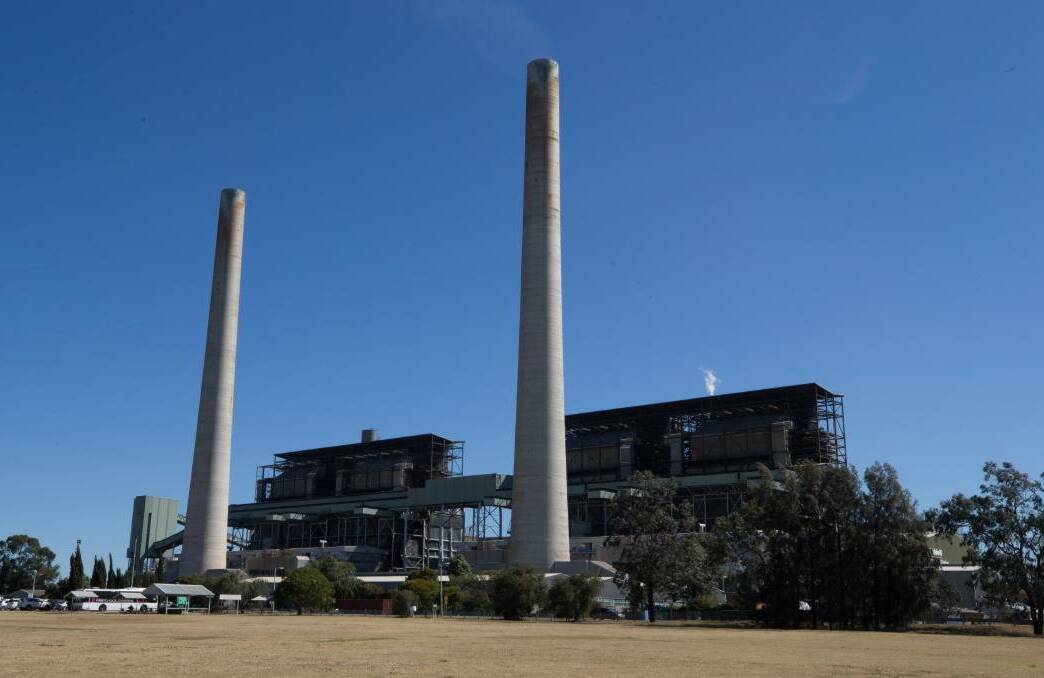
The closure of Liddell power station has resulted in an improvement in air quality equivalent to taking 110,000 cars off the road.
The Department of Planning and Environment's Climate and Atmospheric Science Section studied Upper Hunter air quality before and after the power station's closure in late April.
The project compared all emissions within the emission inventory and those emissions associated with Liddell, which was Australia's oldest operating power station at the time of its closure.
The modelling showed PM2.5 (particles with a diameter of 2.5 micrometres or less) at Liddell decreasing by a maximum of about 0.19 micrograms per cubic metre.
This was calculated to be the equivalent PM2.5 pollution created by more than 110,000 cars.
The project team cautioned that the results need to be viewed in the context that Liddell's emissions were coming from two stacks 100 metres above ground level significantly reducing community exposure.

NSW EPA chief executive Tony Chappel said addressing the causes and consequences of climate change was a top priority for the authority.
"We want to work with the energy sector as we seek to strike a balance between tighter emissions for ageing
infrastructure while supporting power stations to provide a reliable and affordable energy source," he said.
"[These results] clearly demonstrate the benefits of transforming our energy sector and the importance of NSW's efforts to accelerate our renewable energy infrastructure.
He said utilising new technologies and working effectively with industry and the community would be critical to achieving net zero emissions by 2050.
"Our Climate Change Policy and Action Plan is focused on working with government, the community, and industry to
identify and drive policy that supports the transition while embedding a competitive advantage for NSW," he said.
"In NSW, broadly speaking, air quality is good by international standards but we'll continue to ensure all licensees comply with tightened emissions and meet best practice as we all work together to transition to a low carbon, circular economy."
Prior to its closure, environmental groups and health professionals said the plant's closure would result in immediate health benefits through reduced exposure to mercury, sulphur dioxide, and fine particle pollution.
National Pollution Inventory data shows the 52-year-old power station recorded a 170 per cent increase in mercury pollution from 16 kilograms in 2020-21 to 45 kilograms in 2021-22.
Mercury pollution from NSW coal fired power stations surged by 18 per cent last year, with AGL's Bayswater Power Station rated the state's worst for mercury pollution (112 kilograms).
Sulphur dioxide pollution from Liddell also increased by 14 per cent from 2020-21 to 2021-22. Prolonged sulphur dioxide exposure may cause inflammation of the respiratory tract, wheezing and lung damage.







